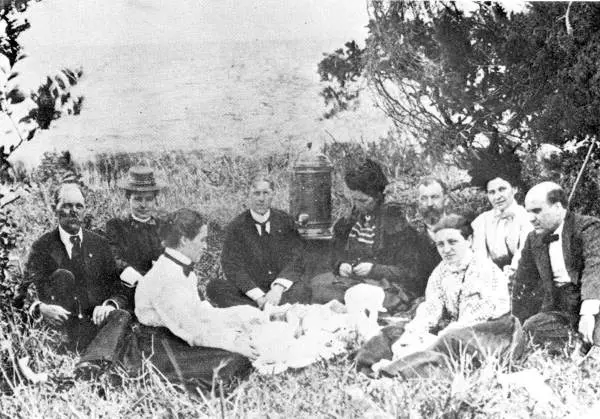Doomed heroism, noble leadership, questing knights seeking spiritual truth, good versus evil—the stories surrounding King Arthur have continued to resonate with people since the Middle Ages.
After Geoffrey of Monmouth popularized Arthur in “The History of the Kings of Britain” (circa 1136), the legend snowballed over the centuries. Attracting other heroes and myths to its center like a gravity well, such as the originally unconnected tale of Tristan and Isolde, the story cycle eventually came to encompass a massive body of literature known as the “Matter of Britain.”





